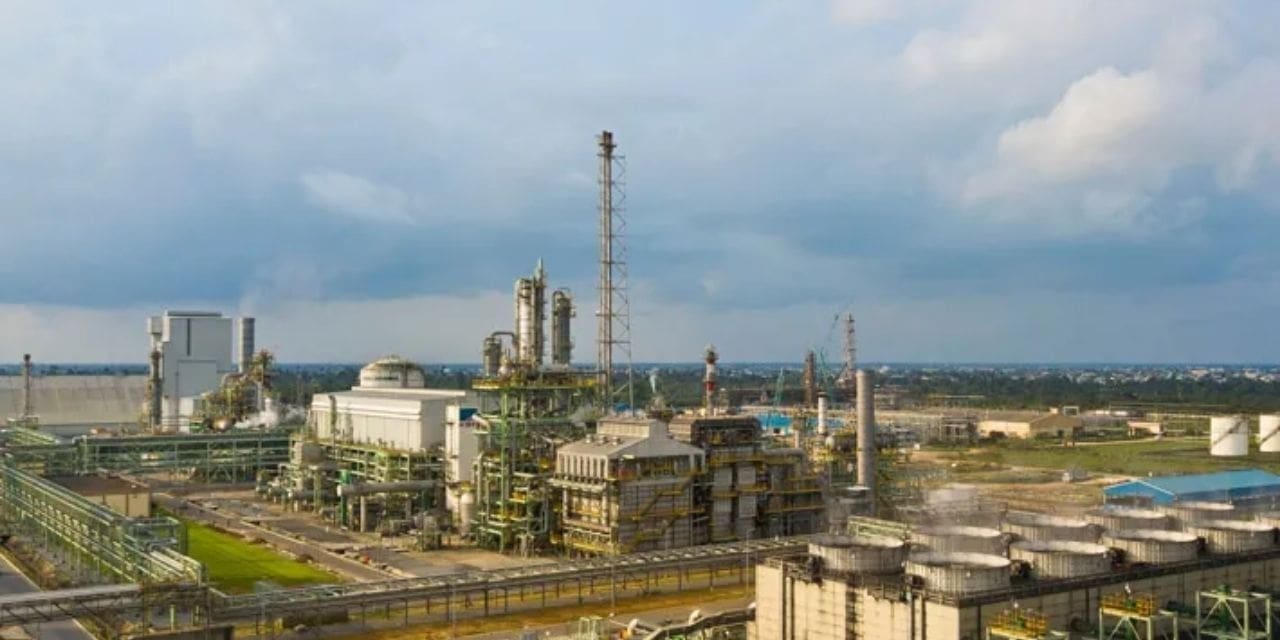Indorama Ventures Limited (IVL) has delivered record results in 2021, with EBITDA of $1,743 million as well as production volumes of 14.72MMT. Growth was seen across three business segments of Combined PET (CPET), fibres, and Integrated Oxides and Derivatives (IOD) as well as across the three major regions of North America, Europe and Asia.
This year has further highlighted the competitive advantage of IVL’s regionally integrated model, serving demand inelastic end markets that provide safety and well-being for the consumer. The resiliency of the platform has set a strong foundation for further growth in, around, and beyond current businesses.
“2021 was once again consumed by the COVID pandemic, with multiple new waves hitting our economies as nations raced to vaccinate their populations. Despite this, demand was robust with government stimulus boosting consumption, causing crude oil price to rise by over 50 per cent in 2021. At the same time, rising inflation became a growing concern, pushing fixed costs higher,” IVL said in a press release.
The year has been marked by some unexpected and unforeseen crises starting with the Polar Vortex in the US Gulf Coast leading to supply disruptions of petrochemicals, the unprecedented escalation in container tariffs increasing costs and causing delays, and the energy surge especially in Europe and China further complicating supply chains and resulting in cost hikes that could impact profitability. IVL was able to leverage on its leadership position to levy surcharges in Q4 in order to recuperate some of the increased energy costs.
Despite the challenges, there were a number of tailwinds supporting IVL in 2021 and contributing to the record performance achieved. IVL’s presence in premium western markets led to margin improvement coming from higher import parity pricing as a result of high freight rates. The fourth quarter specifically benefited from the introduction of China’s dual control policy that caused production disruptions, resulting in higher polyester value chain margins.

